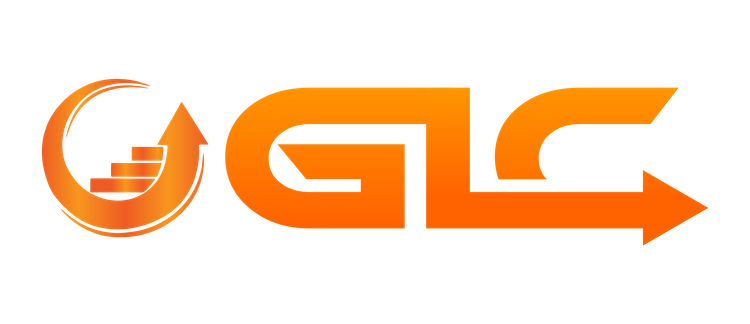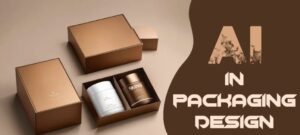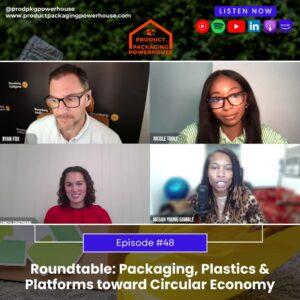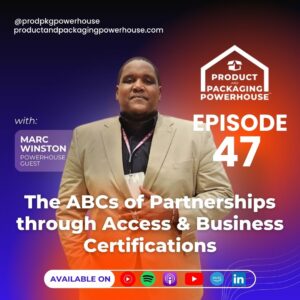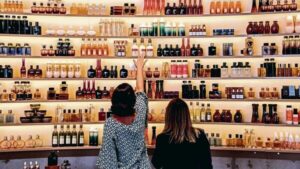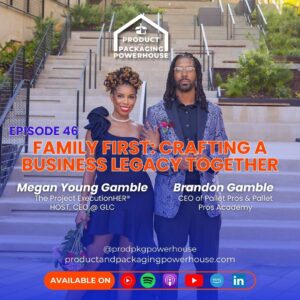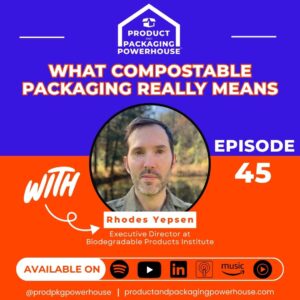What You’ll Learn from This Blog:
- How tariff shifts are impacting select packaging materials like aluminum, plastic, and paperboard,
- Why cost, sustainability, and resilience now need to coexist in your packaging strategy,
- Five real-world takeaways that can help your beauty brand adapt to a changing trade environment.
Note: This blog reflects tariff updates as of May 13, 2025.
Introduction :
In 2025, tariffs aren’t just economic tools, they’re frontline disruptors in all businesses, including the beauty industry. What used to be a globalized supply chain built on efficiency and cost has quickly become a minefield of uncertainty, with rising duties on packaging materials, limited sourcing options, and changing consumer expectations around both price and sustainability.
On the latest episode of the Product & Packaging Powerhouse podcast, host Megan Young Gamble unpacked what brands need to know right now about tariffs, and why these invisible taxes could have very visible effects on your bottom line if you’re not planning ahead.
1. Tariffs Are Quietly Reshaping the Cost of Packaging
Let’s start with the facts. The U.S. has imposed (and continues to revise) sweeping tariff increases on packaging imports from countries like China, Canada, and Mexico. This includes:
- Aluminum is now carrying import duties up to 25%,
- Plastic materials like PET and HDPE is under new fees depending on country of origin,
- Paperboard including recycled or FSC-certified options have been affected if not domestically sourced.
Why does this matter for beauty brands? Because these materials are the foundation of nearly every SKU: jars, tubes, caps, folding cartons, shipper boxes, and mailers. What used to cost $0.65 may now price out closer to $0.90, and when you’re working with slim retail margins or wholesale partners, that difference is significant. These cost increases are happening without much fanfare, but they’re creating ripple effects across product development, sourcing, and ultimately, shelf price. As the rapper Fat Joe would say, “Yesterday’s price is not today’s price.”
2. Supplier Diversification Is Now a Strategic Imperative
For years, many brands, especially fast-growing DTC startups leaned heavily on Chinese or single-source suppliers to meet demand quickly and affordably. But in the face of tariffs and geopolitical instability, that strategy now carries serious risk.
Tariff-induced price hikes, shipping delays, and regional bottlenecks are making it clear: Relying on one country or vendor for your entire packaging supply chain is no longer viable. What should brands do instead?
- Source from multiple regions, such as India*, Vietnam*, or nearshore options in Mexico* or the U.S.,
- Establish tiered vendor relationships for flexibility on lead time and pricing,
- Have a backup for your backup, especially for long-lead packaging like glass and aluminum.
“We’re not just sourcing packaging, we’re sourcing resilience.” – Megan Young Gamble
In other words, supply chain diversity isn’t just about avoiding disaster, it’s about building a brand that can grow without constant operational firefighting.
3. Standardization = Financial Freedom (Not Boredom)
One of the fastest ways to protect your brand from cost volatility is to reduce component complexity. That means reusing core packaging elements across your line, instead of over-customizing everything from dropper color to cap shape. It might seem counterintuitive, but brands that streamline packaging SKUs often enjoy:
- Better pricing from suppliers,
- Faster turnaround times,
- Easier inventory planning and forecasting,
- Fewer hiccups when swapping vendors mid-cycle.
For example, using the same jar and lid combination for multiple products (e.g., face mask and moisturizer) but changing the label and outer carton creates visual distinction without driving up costs. And don’t worry, creativity doesn’t have to die with standardization. Great storytelling, clever copy, and bold branding while using universal packaging components. But your operations team (and your margins) will thank you for making smarter packaging choices.
4. Shorter Launch Timelines? Not in This Economy.
It used to be a badge of honor to go from concept to shelf in under 3 months. But in 2025, speed has to be balanced with strategy.
Why? Because:
- Packaging suppliers are dealing with capacity constraints
- MOQs are rising to offset margin losses from tariffs
- Customs delays are now common, even for routine materials
Trying to rush through this process puts your brand at risk for:
- Higher freight costs and manufacturing costs
- Potential Chargebacks
- Missed launch dates
- Regulatory missteps causing missed key information
Even beauty giants like Coty are under pressure, they’re reportedly preparing to lay off over 700 employees as part of cost restructuring. If global powerhouses are restructuring in response to operational pressure, smaller brands must work even smarter. So what’s the move? Build in buffers. Use modular planning. And over-communicate with your suppliers to stay ahead of disruptions.
Pro tip from Megan: If you’re working with a contract manufacturer, now is the time to review your supplier contracts. Re-confirm lead times and renegotiate pricing for raw materials and packaging components, quotes from just 3-6 months ago may no longer be valid due to changing tariffs. Locking in your costs early can shield your brand from unexpected price hikes and production delays.
“In today’s climate, speed alone isn’t a strategy. Shorter launch timelines are possible, but only when paired with the right planning and flexibility”
– Megan Young Gamble
5. Consumers Still Want Sustainability But You Need to Prove It
Here’s the real kicker: while your internal costs are rising, your customers still expect sustainability, and they’re becoming more skeptical of greenwashing than ever.
Saying “eco-friendly” on a label no longer cuts it. What works now is specific, transparent data about your materials and sourcing.
Examples of messaging that works:
- “Made with 70% PCR plastic sourced from North America”
- “Aluminum tube with reusable cap, 25% less waste per unit”
- “FSC-certified board, printed with water-based inks”
Brands like DEW Skin Care are leading the way with climate impact data embedded into their PDPs. Graza’s refillable oil cans are redefining what sustainability looks like in CPG. And K18 is proving that focus and simplicity (one killer SKU, minimal packaging) can still win. Consumers are watching. Retailers are evaluating. And if you’re not evolving, your competitors will.
Conclusion:
Tariffs are a reality, but they don’t have to be a roadblock. What this moment calls for is clarity, not panic. The brands that succeed in this tariff-heavy landscape will be those that ask better questions, build more resilient systems, and communicate with purpose. Tariffs may be raising costs, but they’re also raising the bar. If you can meet it with a clear strategy, collaborative partners, and a focus on long-term brand health, you’re already ahead.
“Start where you are. But start smart.” – Megan Young Gamble
📩 Ready to audit your packaging strategy, diversify your supply chain, or prep for growth in a volatile economy? Reach out to getlevelconsulting.com or DM Megan directly to explore how we can support your next product launch.
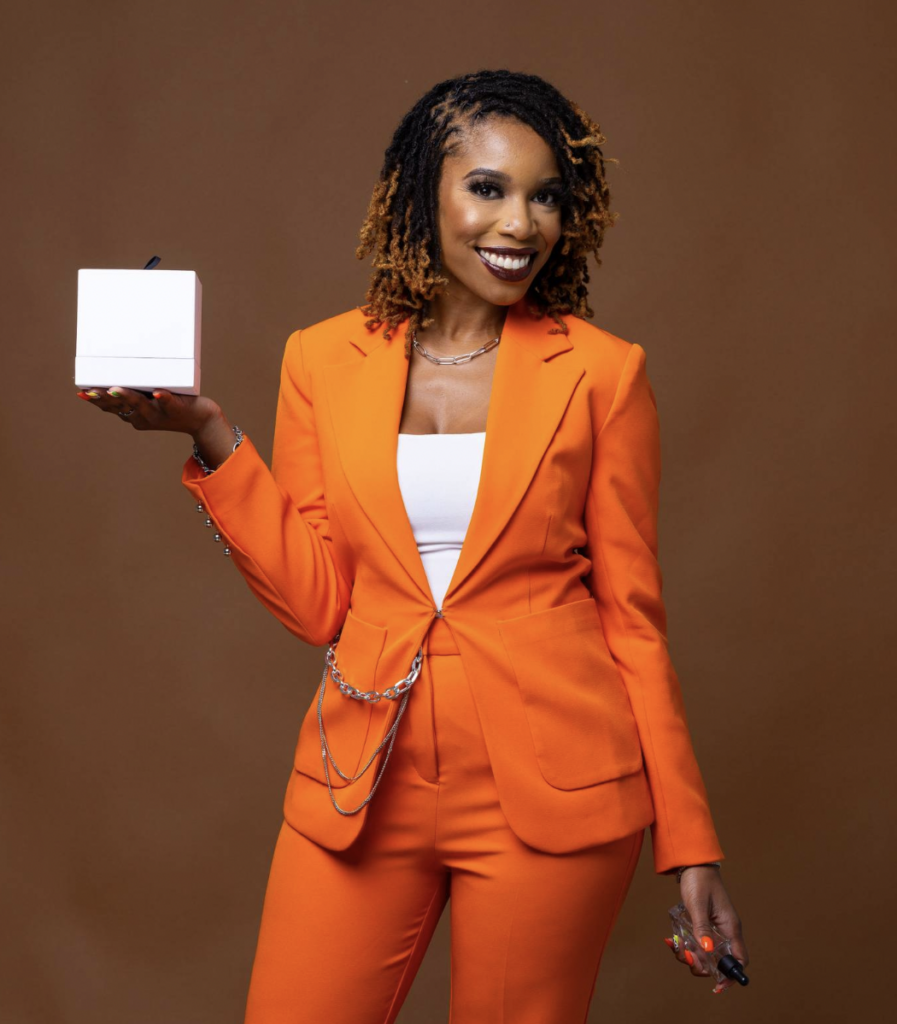
Megan Young Gamble, PMP® is a forward-thinking packaging and project management veteran with more than 10 years’ of experience transforming mere ideas into consumer product goods for today’s leading beauty, wellness, and personal care brands. Known amongst colleagues and clients for her perseverance and “see it through” mentality, Megan The Project ExecutionHER® is the owner and principal consultant of GLC, packaging & project execution team for CPG brands, Co-Owner of Pallet Pros, and Host of Product & Packaging Powerhouse Podcast.
- [FREEBIE] Learn about “day in the life” of a Packaging Project Manager → Get our “Starter Packaging PM Freebie” [link] https://glc.ck.page/thestarterpackagingprojectmanager
- Subscribe & Access our Video Vault YouTube Channel [ link] https://bit.ly/GLConYouTube
- Join our Email List [link] https://glc.ck.page/55128ae04b
- Follow and Connect with Megan on LinkedIn [link] https://linkedin.com/in/megangamble
- Learn about GLC, Packaging & Project execution firm for CPG brands http://www.getlevelconsulting.com
- Work with Me @ GLC, Schedule Discovery Call https://calendly.com/getlevelconsulting/15-minute-insight-session
